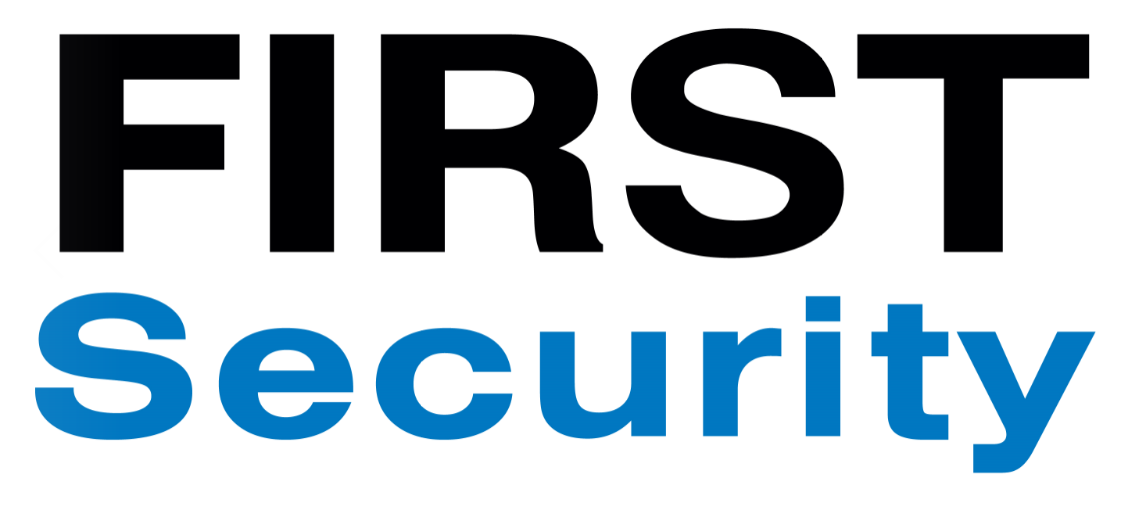3. Protecting Your Crowded Place: A risk-based approach


Protecting our ‘crowded places’ from attack
A new government strategy provides guidance to venue operators and event organisers in relation to protecting staff and visitors from armed attacks. In this series of posts, FIRST Security’s Chief Operating Officer Steve Sullivan looks at how you can implement the strategy and keep your people safe.
Are you managing your venue security risks?
In my last post Protecting Your Crowded Place from Attack: Self-Assessment Tool I wrote about the Self-Assessment Tool that forms part of Protecting Our Crowded Places from Attack: New Zealand’s Strategy. Recently released by the New Zealand Police, this strategy aims to help owners and operators of ‘crowded places’ protect the lives of people working in, using and visiting their venue.
Another helpful tool within the strategy’s suite of guidance documents is the Assessing Your Protective Security Tool, which is designed to provide an understanding of the risks around crowded places, and advice on how to manage those risks. Essentially, the tool can aid your thinking about how to best protect your venue from attack, and to support you to make improvements.
A risk-based approach
Importantly, the Assessing Your Protective Security tool recommends that owners/operators of crowded places take a risk-based approach to deciding what level of security is appropriate “given the vulnerability and scale of your crowded place.” At Page 3 it states that owners and operators of crowded places are responsible for:
- assessing the risks and vulnerabilities of their crowded place
- implementing appropriate mitigations for risks at their crowded place
- keeping mitigations in proportion with the risks to their crowded place
- monitoring the effectiveness of the mitigations
- reviewing the mitigations at appropriate times.
This is smart. All too often organisations make decisions to purchase security controls, such as guarding services, CCTV cameras, intruder detection systems and patrols, without having conducted an adequate assessment of the specific security risks they face. This can result in unnecessary spend and a set of security controls that are not fit-for-purpose or commensurate with the risk.
An understanding of the security risks your organisation is exposed to within its locality (beyond your perimeter) and premises (within your perimeter), provides an evidence-basis for selecting the right security controls. It’s logical – if you don’t know what the risks are then you don’t know what your security controls are meant to be protecting your venue from.
The risk-based approach isn’t about ticking boxes, but it certainly does tick several. From a financial perspective it enables you to match security spend to security need, and from a regulatory and policy perspective it enables you to achieve consistency with the Health and Safety at Work Act 2015 and if you are a government agency Government Protective Security Requirements (PSR).
According to the tool, owners and operators of crowded places should be guided by the following principles:
- It is not possible to protect everything; prioritise the highest risk areas of the crowded place
- It is important that protective security measures are proportionate to the level and type of threat to the crowded place
- It is more cost-effective to plan security for a crowded place when it is being designed than when it is already in place.
Getting advice
Whether your venue is old, new, due for an update or yet to be built, experienced licensed security providers can provide specialist advice in relation to incorporating a risk-based approach to your security planning and implementing official guidance such as the crowded places strategy and the Protective Security Requirements.
If you are an owner or operator of a crowded place and wish to review your security, get in touch with us to talk about how we can provide you with specialist advice to keep your staff and visitors safe.
In my next crowded places post, I continue my focus on the Assessing Your Protective Security tool, paying particular attention to what it says about the range of protective security measures you can deploy to keep your venue safe.
Related Articles

